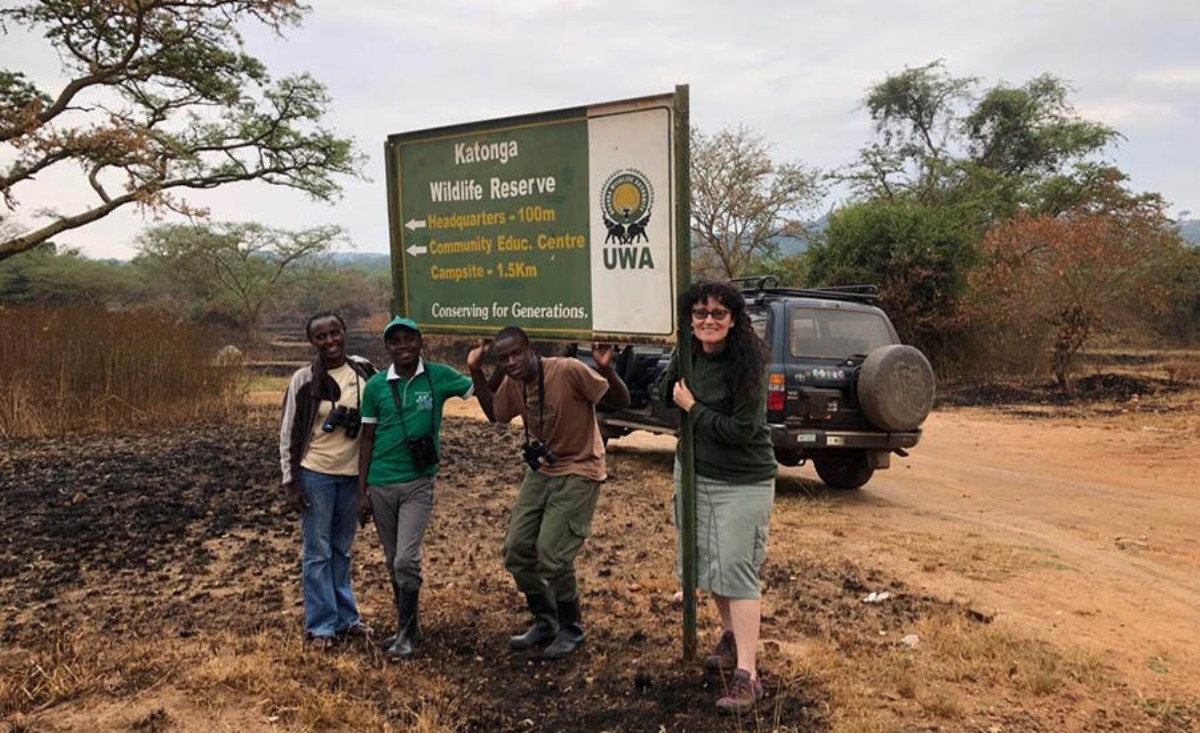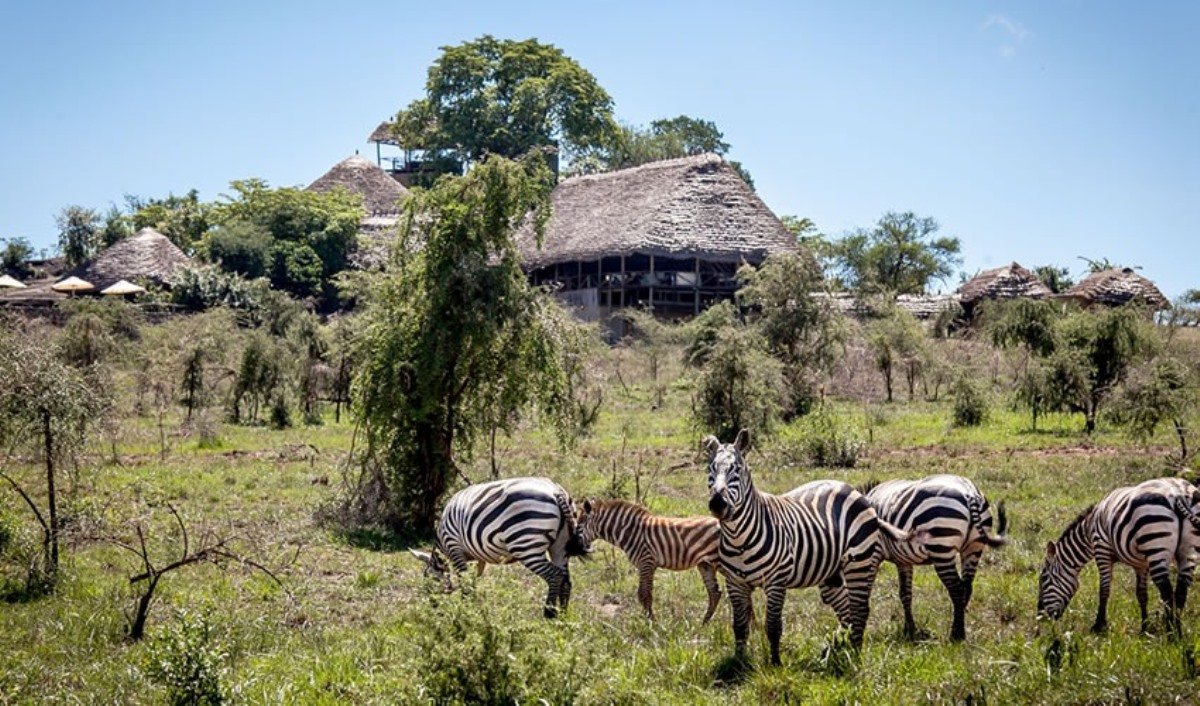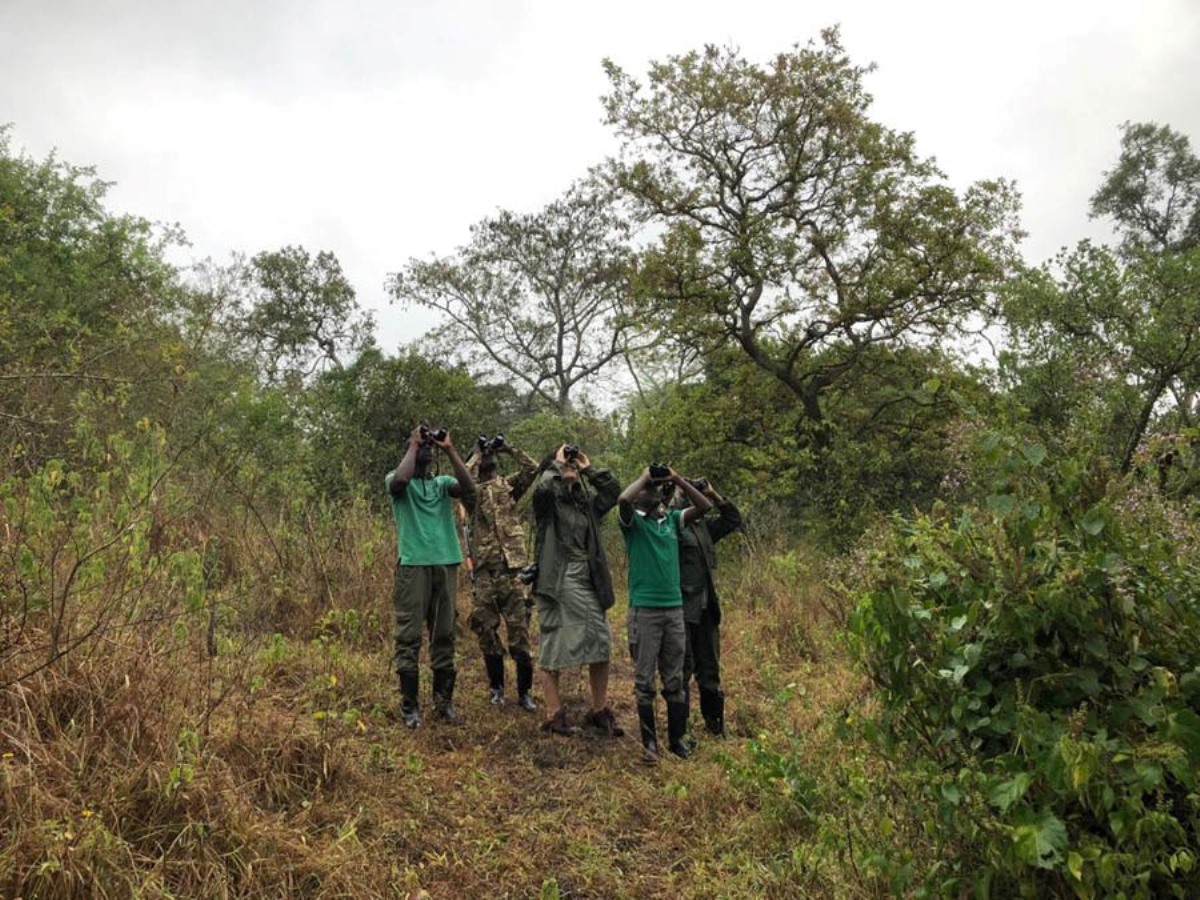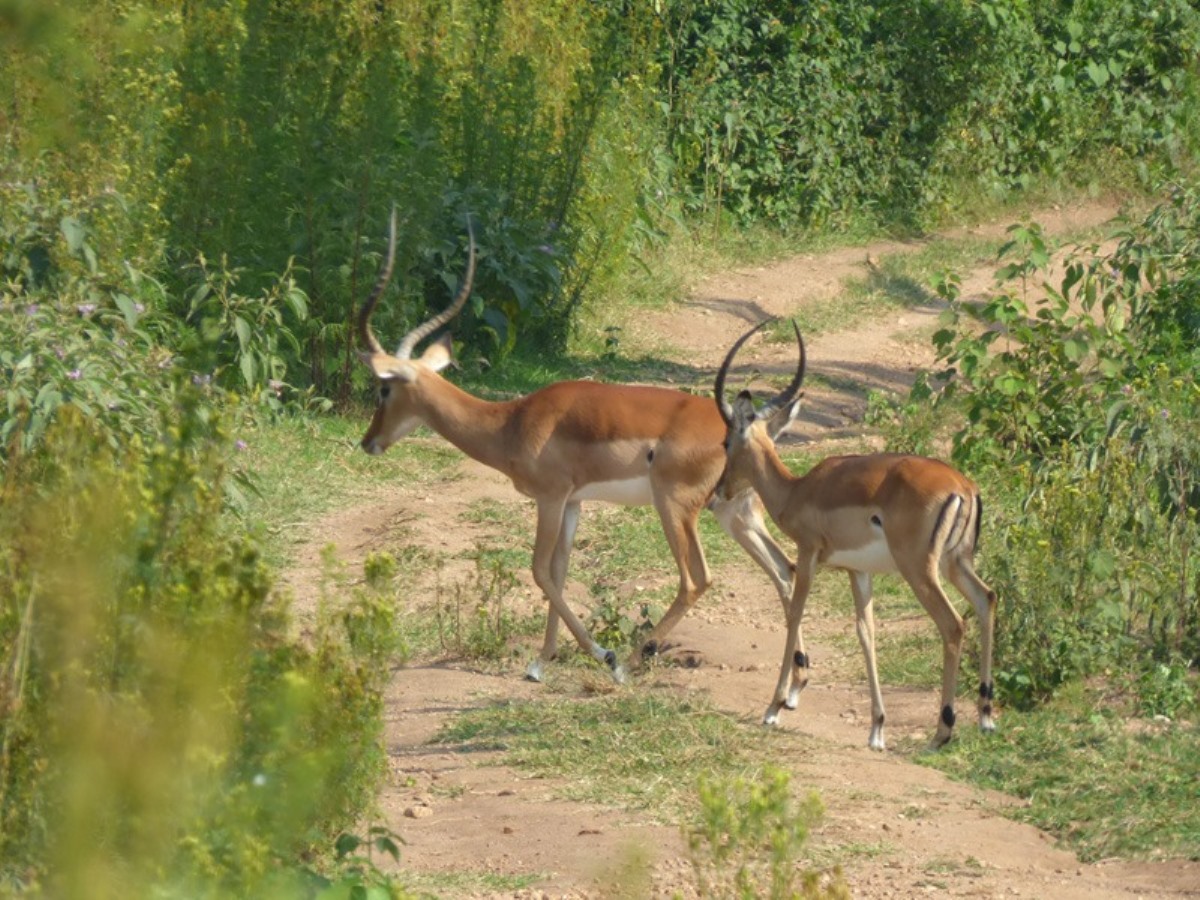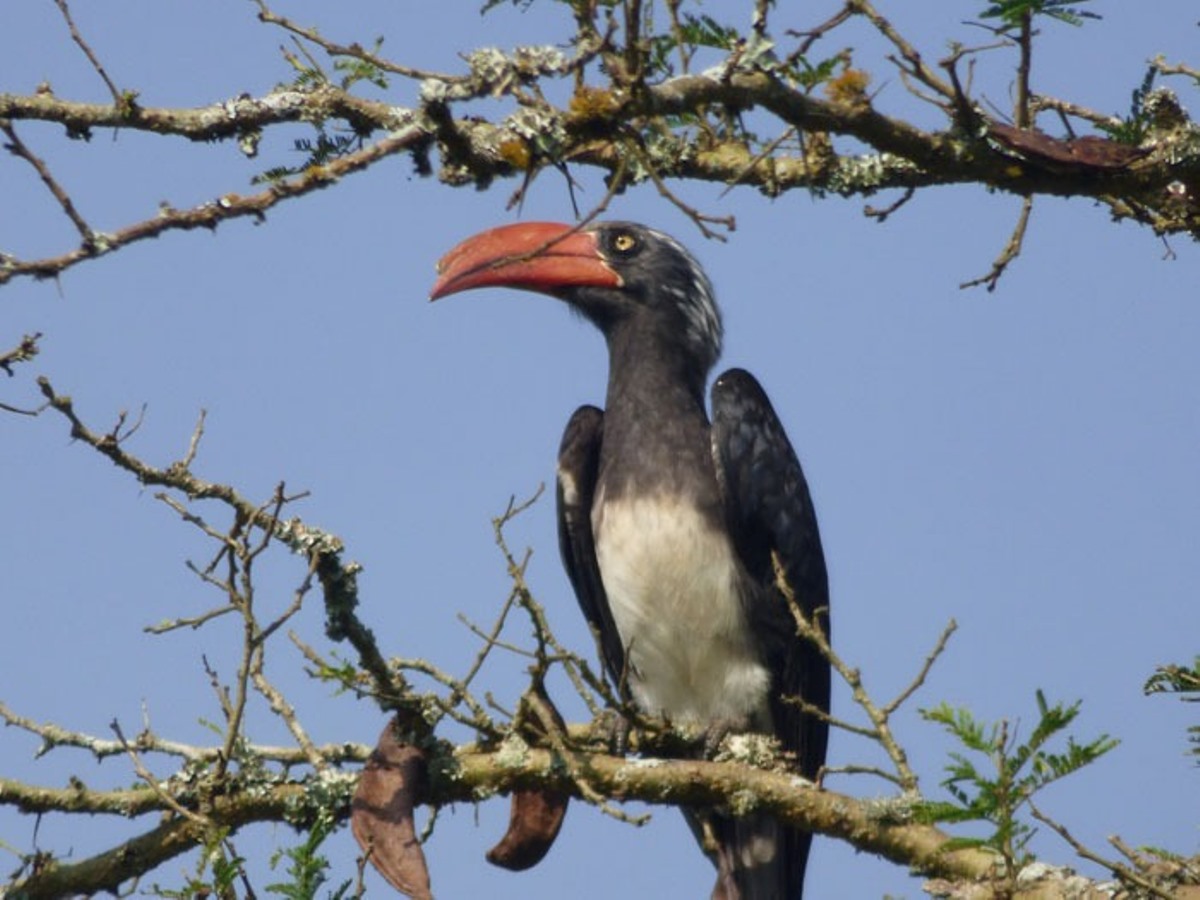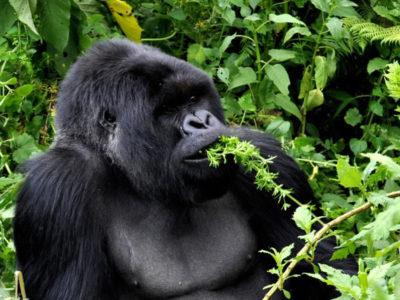Katonga Wildlife Reserve | Wildlife Reserves, Uganda
KATONGA WILDLIFE RESERVE TRAVEL GUIDE
KATONGA WILDLIFE RESERVE LOCATION, UGANDA
The Katonga Wildlife Reserve is located in the Western part of Uganda, spanning the districts of Kyenjojo and Kamwenge. The reserve covers an area of approximately 211 square kilometers and is situated along the banks of the Katonga River. Katonga Wildlife Reserve is about 200 kilometers (120 miles) West of Kampala, Uganda's capital city. The reserve is accessible via the Fort Portal Road, with a signposted junction at Kyegegwa, from where a dirt road leads South to the entrance gate
KATONGA WILDLIFE RESERVE HISTORY, UGANDA
The Katonga Wildlife Reserve, located in western Uganda, is a significant ecological and cultural landmark.
ESTABLISHMENT AND EARLY HISTORY OF KATONGA WILDLIFE RESERVE, UGANDA
The Katonga Wildlife Reserve was initially gazetted as a game reserve in 1964. Its primary purpose was to serve as a corridor for migrating wildlife from western Uganda to Tanzania and Sudan. This strategic location made it an essential area for the conservation of various wildlife species that moved across these regions.
TRANSITION TO WILDLIFE RESERVE OF KATONGA WILDLIFE RESERVE, UGANDA
In 1996, the reserve was upgraded to a wildlife reserve when the former Game Department and Uganda National Parks merged to form the Uganda Wildlife Authority (UWA). This transition aimed to enhance the protection and management of the reserve's unique ecosystems and biodiversity. The reserve covers an area of approximately 211 square kilometers and is managed under the Kibale Conservation Area administration.
ECOLOGICAL SIGNIFICANCE OF KATONGA WILDLIFE RESERVE, UGANDA
The Katonga Wildlife Reserve is characterized by a diverse range of habitats, including savannah grasslands, wetlands, and riverine forests. These habitats support a variety of wildlife species, many of which are unique to the reserve's wetland environment. The reserve is home to over 40 species of mammals and more than 150 species of birds. Notable wildlife includes elephants, buffaloes, waterbucks, reedbucks, and the semi-aquatic sitatunga antelope.
CONSERVATION EFFORTS OF KATONGA WILDLIFE RESERVE, UGANDA
The Uganda Wildlife Authority has implemented various conservation initiatives to protect the reserve's biodiversity. These efforts include habitat preservation, anti-poaching measures, and community engagement programs. The reserve's management focuses on promoting sustainable tourism while ensuring the conservation of its natural resources.
MODERN-DAY RELEVANCE OF KATONGA WILDLIFE RESERVE, UGANDA
Today, the Katonga Wildlife Reserve is a popular destination for nature enthusiasts and wildlife lovers. Visitors can engage in a variety of activities, including guided nature walks, game drives, bird watching, and canoe trips along the Katonga River. The reserve's rich biodiversity and scenic landscapes provide an enriching experience for tourists.
The Katonga Wildlife Reserve's history reflects its importance as a conservation area and a vital corridor for migrating wildlife. This attraction's diverse ecosystems and ongoing conservation efforts make Katonga Wildlife Reserve a significant part of Uganda's natural heritage. The reserve continues to play a crucial role in preserving the region's biodiversity and promoting sustainable tourism.

